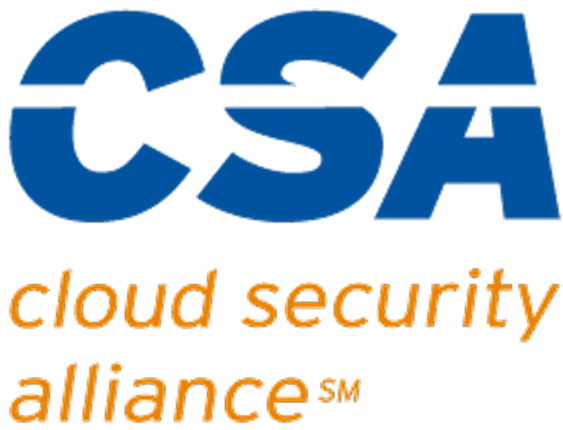Introduction
In a world where technology is constantly advancing, businesses that don’t update their technology regularly will quickly fall behind the competition. Updating technology can help companies become more efficient and productive, increasing profits. Additionally, keeping up with the latest technology can help businesses operate proactively and attract new customers. By investing in updated technology, companies can ensure that they do everything possible to remain competitive. So how do you know when it’s time to update your technology? Here are some signs.
You are struggling to keep up
Your organization is likely struggling to keep up with the latest business trends due to outdated technology. Because technology changes rapidly, if your organization’s technology is not up-to-date, it will be difficult for you to keep up with the competition. Today’s customer expects information and services at their fingertips, so if you can’t provide self-service options and timely access to vital information and services, you’ll be left behind. Additionally, outdated technology can be expensive and time-consuming to maintain, especially when using technology no longer updated or supported by the manufacturer. This can cause your organization to miss opportunities and fall behind your competitors.
You are spending more on maintenance than new technology
There are several reasons why businesses may be spending more money on maintenance than new technology. One reason may be that companies are trying to extend the life of their current technology through more frequent maintenance. Another reason may be that businesses are not confident in the security of new technologies and are therefore reluctant to invest in them. Additionally, many companies believe that the cost of maintaining current technology is lower than that of investing in new technology (this can be true at first but tends to become less accurate as time goes on). Finally, some businesses may not have the funds to invest in new technology.
While it is essential to keep your systems running smoothly, excessive spending on the maintenance of existing systems can signify that you are not keeping up with the latest advancements in your industry. This spending can take the forms of more frequent hardware repair and service and time spent patching and dealing with the deficiencies of old software or systems such as storage and networking components. This can hurt your competitiveness in the market and lead to missed opportunities.
You can’t keep pace with customer demand
The modern business world is constantly changing and evolving, and businesses that don’t keep up with the times are sure to fall behind. If your current systems are struggling to keep up with the demands of your business, you’ll need to address that if you want to stay competitive. Phone systems, Internet service, and computer systems are all likely to be outgrown by a business over time. Slow computers, software that lacks needed functions or performs poorly, an out-of-date website, a lack of self-service features for customers, and other deficiencies can place you behind your competitors. Employees may not be able to do their job because the technology they need is not available or working correctly. A business may not be able to take on new clients or projects because they don’t have the necessary technology in place. And finally, outdated technology can be a security risk for businesses.
Employee productivity is in decline
In a world where companies must keep up to remain competitive, many businesses are still using outdated software, causing a decline in employee productivity. Businesses that do not invest in new software and tools must rely on legacy systems that may no longer be supported by the vendor or are complicated and inefficient to use. As a result, employees are wasting time figuring out how to squeeze usefulness out of old systems instead of focusing on their work. In addition, outdated software can be vulnerable to security threats, putting your company’s data at risk.
Your staff needs fast access to essential functions, information and analytics, and tools to spot trends and identify potential problems and opportunities to stay efficient and competitive. If your business does not invest in these capabilities, it will be left at a disadvantage in the marketplace.
Customers are experiencing problems
Your customers can experience service quality issues if outdated systems cannot handle their needs efficiently. As your company grows, so does the need for modern tools to meet customer expectations. Your customers expect quick and efficient interactions, access to information on demand, and an easy path to fulfilling their requests. If your systems are slow or deficient, your business will suffer.
If your current system cannot complete transactions quickly enough, this will undoubtedly cause frustration among customers. When customers are forced to wait for a long time, they often give up on the transaction and take their business elsewhere. This is the finding of several recent studies that looked at customer behavior concerning waiting time. After a certain point, the studies showed that customers become frustrated and are more likely to abandon their purchase or request. This can be costly for businesses, as lost customers can be difficult to win back.
Avoid the outdated technology trap
Technology is constantly changing, and businesses need to stay updated with the latest trends to remain competitive. However, it’s easy for companies to get stuck on outdated technology, limiting their ability to grow and succeed.
One way to combat this is to create a budget for new technology and make sure that it is given priority over maintenance costs. This will ensure that you can stay current with your field’s latest trends and developments. It may also help you save money in the long run, as outdated technology can be more expensive to maintain. Another option is to outsource your maintenance needs, freeing up internal resources to be used for other initiatives, such as research and development or marketing.
Consider moving to the cloud to keep your business technology up to date. Cloud computing can help keep your business running smoothly and efficiently by providing easy access to the latest software and updates. For example, cloud-based productivity software suites such as Microsoft Office 365 or Google Workspace can free your business from worries about software obsolesce and update management. Switching to virtual desktops can also help you save money on hardware and software costs.
Conclusion
In the business world, technology is constantly evolving. If you don’t keep up with the latest trends, you’ll be left behind. Updating your technology is essential for businesses today. It can be a big undertaking, but companies need to stay ahead of the curve.
Once you are committed to modernizing your systems, take a results-oriented approach. Make sure that everything works well together, with an eye toward compatibility and an evolution road map that will provide longevity. Consider how upgrading your technology will affect your employees – be sure to take their needs into account and plan accordingly. Training may be necessary to ensure that everyone knows how to use the new system properly. Working with expert consultants, even if you have an internal IT function, is recommended and worth considering.
By following these tips, you can ensure that your upgrade goes as smoothly as possible.




